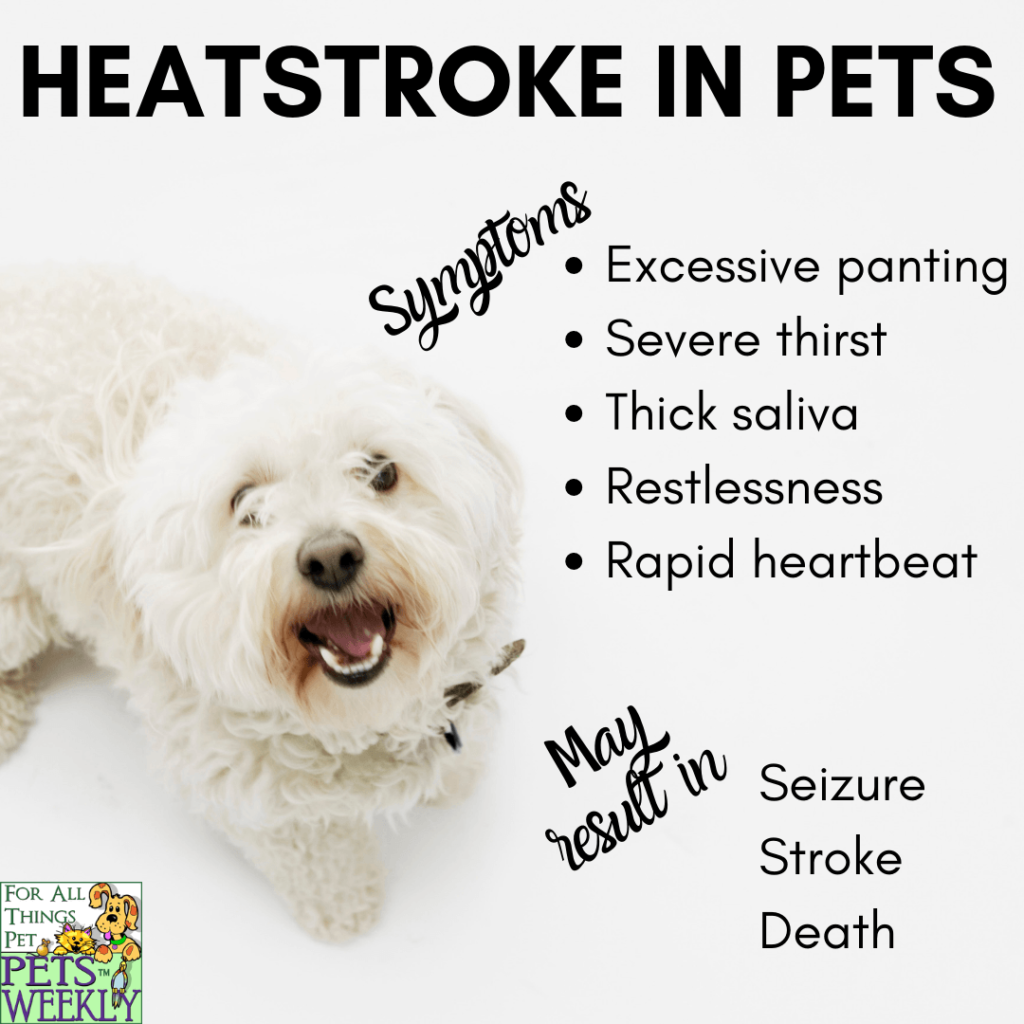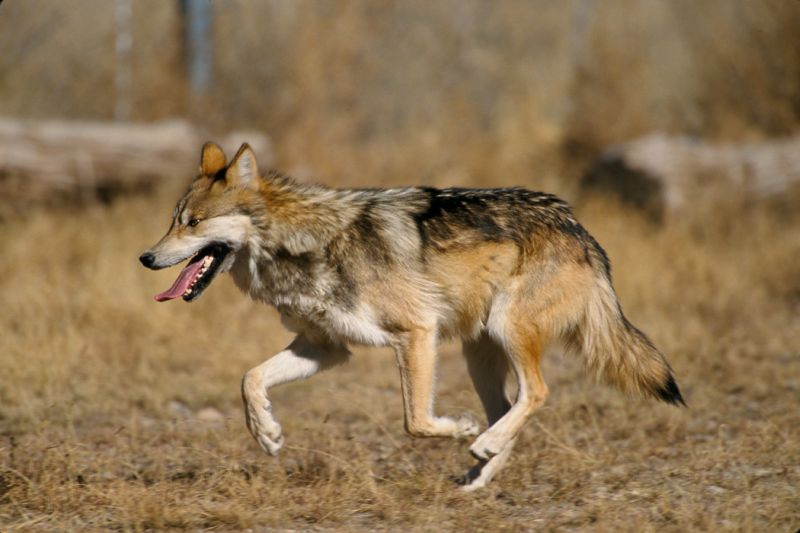Top 5 Dog Summer Health Concerns
Share

The hot and sunny stretches of summer can bring with them a whole set of health concerns for your dog. From parasite or dust-borne illnesses, to paw problems caused by walking on hot surfaces; a wide range of summer hazards can plague canines.
Here are a few things you need to consider when it comes to summer and ideas on how you can keep your pets safe.
1. Heatstroke
“If we’re hot sitting outside in T-shirts and shorts, our dogs are certainly going to be hot sitting outside in a heavy fur coat,” says Adam Goldfarb, director of the Pets at Risk program for the Humane Society of the United States.
Be mindful of what type of dog you have and how old it is — these factors may determine your dog’s tolerance for heat. Older dogs, puppies and northern breeds with heavy coats may have a harder time withstanding heat.
- Walk or exercise your dog in the early morning when it’s cooler out and pavement has started to cool.
- Never leave your dog in the car. A car can heat up within several minutes to more than 100 F, causing heatstroke or even death.
- Don’t shave your dog’s coat during the summer. A dog’s coat helps insulate them from the heat in the summertime. Without their protective coat, dogs can also get sunburned.

2. Fleas, Ticks and Other Parasites
Some dogs have flea allergies that make them scratch until their skin is raw — or in extreme cases, until they bleed. Ticks are even more dangerous because they carry a variety of diseases, including Lyme disease, Rocky Mountain spotted fever, anaplasmosis and Ehrlichia.

Symptoms of tick-borne diseases can range from the fever and swollen joints that afflict Lyme sufferers to possible death, as in the case of Rocky Mountain spotted fever victims.
- Find out from your veterinarian what type of anti-flea and tick medication is best for your dog.
- Check your dog for ticks as soon as it comes in from the outdoors, since ticks can cling to its hair. If a tick bites your dog, remove it as soon as possible. (Use a blow dryer on the cool setting to help part the hair.)
- Control fleas by vacuuming regularly — particularly the areas where your dog lies — to remove any adult fleas or eggs.
- Use food-grade Diatomaceous Earth to control the growth of adult fleas or eggs, control ants and more.
3. Paw Pad Injuries
The pads on your dog’s paws are very sensitive, so the heat on concrete, asphalt, beach sand or other surfaces can be a big problem during the summer. The pads can easily burn, dry and crack when asphalt or sidewalks, gravel or dirt reaches temps in excess of 160 degrees.
- Place your hand on the ground for 10 seconds to make sure its cool enough to walk your dog.
- Walk your dog on the grass. That way, your pet doesn’t have to deal with the intense heat of the pavement.
- Remember that dirt, gravel, turf and artificial lawn can quickly heat to the temp of asphalt.
- Use dog boots or socks for those in extreme environments. Some pet stores sell booties for your dog to wear in winter, but these shoes may also help protect your dog’s paws during the summer.
- Apply a paw balm to your dog’s paws regularly to help keep them moist and prevent cracking, which is painful and can increase the risk of infection.
4. Water Safety

Wherever your family goes during the summer, be it the beach or backyard pool, be aware of the risks these bodies of water hold for your pooch.
- Drinking from stagnant ponds and contracting intestinal ailments, such as giardia or leptospirosis.
- Jumping into a lake or pool and panic only then realizing they don’t know how to get out.
- Chlorine from pools, which can be harmful to your dog’s health.
- Some dogs just can’t swim and others just aren’t very good at it. That can spell trouble for water-bound pets.
How to prevent water injuries:
- If you have a pool, consider using dog-friendly pool chemicals, which are now commercially available.
- Keep a life preserver on hand in case your dog jumps in. Dog life vests and water collars are also available for breeds that aren’t great at swimming.
- Don’t leave your pooch alone when there is an open body of water, as you wouldn’t leave a child in a similar situation.
- Make sure fresh drinking water is available at all times and discourage dogs from drinking local water sources.

5. Wildlife Contagions
Dogs can pick up diseases, such as rabies, from infected animals from the wild, including bats, raccoons, foxes, skunks, cattle and coyotes.
Rabies is transmitted through saliva, usually after a bite. Bobcats, coyotes and other animals can carry this disease. The virus affects an animal’s central nervous system, and common symptoms are erratic movements, partial paralysis and unprovoked aggression.
Other conditions like distemper, parvo, and others can impact your dog’s life.
- Keep your pet’s vaccinations up to date. It’s likely that your city or county requires your dog to be vaccinated against rabies at the very least. But, it’s important to keep all vaccines current or test titers on a regular basis.
- Don’t let your pets roam unsupervised, particularly while camping or walking in wilderness areas.
Supervision is the key to summer dog safety.
Be mindful of where your dog is. If you let them off the leash, keep them in visual contact. That way, the “dog days of summer” can be some of the best days of the year that you and your dog will enjoy.










